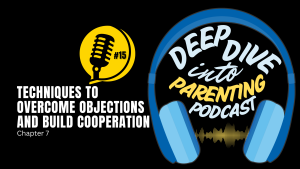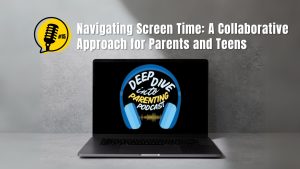On February 19, 1997, 16-year-old Evan Ramsey entered his high school in quiet Bethel, Alaska and used a shotgun to fire on fellow students. He killed one student and the principal and injured two additional students. According to his friends, Ramsey complained of being harassed and teased by other students, even to the extent of only addressing him as ""Screech"", a character from the TV series Saved by the Bell. After the attack, Ramsey alleged the student he killed was one of his tormentors. At some point prior to his attack, the Ramsey asked the principal and dean of students for help with the bullying he was experiencing. Though the situation seemed to improve, it was only temporarily. The teasing and bullying soon resumed. Ramsey asked the principal for help a second time, but this time he was told to ignore the bullies. He tried but felt like the victimization worsened. Feelings of hopeless dominated his life. In addition to being harassed by peers, Ramsey had a long history of abuse. His mother lived with a series of violent men who abused Ramsey and his brothers. He also was physically and sexually abused by an older boy in one of the foster homes he was placed. After his attack, Ramsey explained he felt as though he had asked the “proper people” for assistance, but he was denied help. He felt he had no other option but to bring a gun to school. His initial plan was to scare his tormentors and get them to leave him alone, but when some friends learned of the plan, they told him that he had to use the weapon to shoot people or the bullying would continue. Ramsey decided he would have to fire the weapon at people in order to end his torment. (NTAC, 2018)
In the wake of this tragic incident, we should be asking how we can prevent this from happening again. Unfortunately, no simple answer exists. It is necessary to use a multi-faceted approach that includes students, parents, school officials, police, and the community.
First, I will discuss how community stakeholders can work together to create a safe school culture that prevents bullying and violence on their school campuses. Second, I will explore how a school police/School Resource Officer (SRO) relationship with the school and parents could have helped to mitigate these incidents of bullying.
The question How do we prevent bullying at our school? Is a subset of a much larger question: How do we prevent violence on our campuses? One of the key findings in the U.S. Secret Service and Department of Education’s (2002) study on preventing school shootings was the need to create a connected and safe school climate. Ramsey’s act of violence displayed two key pathway warning behaviors for intended violence: (a) leakage, and (b) last resort warning behavior. Leakage is the most common behavior seen when a person is on a pathway to intended violence. The person will tell a third party (not the target) of the intention to commit violence. Ramsey had been sharing this information in his writings and with friends—who kept it to themselves, and in one instance encouraged him to escalate his plan to be more deadly.
Last resort warning behavior is seen in the form of increasing desperation or distress in both words and actions. The victim has exhausted all nonviolent means to remedy the problem. He feels trapped; violence is only remaining option. In the victim’s mind, violence is justified because all nonviolent means have failed to resolve the predicament. Ramsey felt that his only option—the only way to stop the pain—was to commit a lethal act of violence and then die in the process.
After the attack, investigators found a note written by Ramsey, a legacy token, meant to explain the underlying reasons for his shooting:
"Every body!! I feel rejected, rejected, not so much alone, but rejected. I feel this way because the day-to-day treatment I get usually it’s positive but the negative is like a cut, it doesn’t go away really fast. I figure by the time you guys are reading this I’ll probably have done what I told EVERYONE I was going to do. Just hope 12 gauges don’t kick too hard but I do hope the shells hit more than 1 person because I am angry at more than 1 person. One of the Big [expletive] is Mr. Ron Edwards, he should be there, I was told this will be his Last year, but I know it WILL BE HIS LAST YEAR. The main reason that I did this is because I’m sick and tired of being treated this way everyday . . . By the way every one always told me “Don’t Judge A Book By It’s Cover.’’ This saying is true because I was told that my teachers say that “He’s Such A Good Kid.’’ But they Say that About everyone. I don’t think I’m a good-Hearted person. LIFE SUCKS in its own way, so I killed a little and killed myself. Jail isn’t and wasn’t for me, ever."
Last resort warning behavior is directly connected to the victim’s feeling of having exhausted all possible resources to stop the pain. School districts can make a difference in every student’s life. Students should never feel that they have reached the last rung of the ladder, with no place to go but violence. Intervention resources should be provided by the school and the school police officer.
Assess the School’s Culture
The first step in creating a safe school climate is to assess the school’s culture of bullying and violence. No school administrator, teacher, or parent wants to believe that his or her school is not a safe place. It is incumbent on all stakeholders, such as parents, teachers, school administrators, school board members, and local police/school police/SRO to take a step back and carefully assess the school’s culture, perhaps asking difficult questions for the first time. This can be done in various ways: focus groups, anonymous surveys of students, face-to-face interviews, and after-action interviews to address critical incidents. Stakeholders should look internally at the process by which bully






